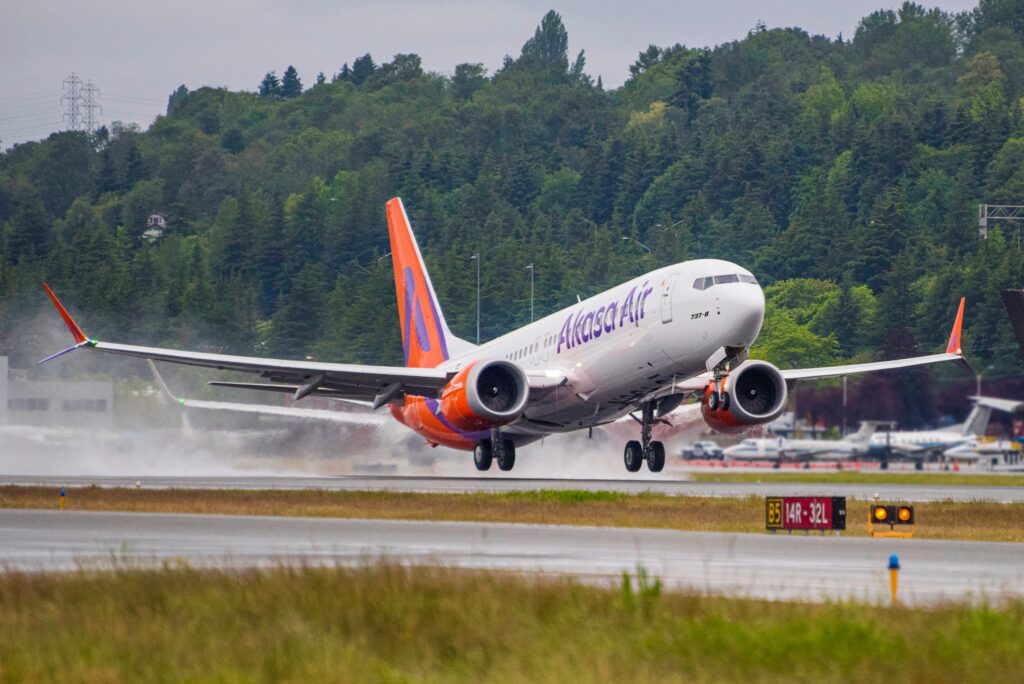On November 11, 2023, a somber incident shook the military community as a US military aircraft crashed into the eastern Mediterranean Sea during a routine training operation. The US European Command (EUCOM) confirmed the crash but provided limited details, leaving the public eager to know more about the circumstances surrounding this unfortunate event. In this comprehensive blog, we’ll delve into what we know so far, potential causes of the crash, its impact, the response from the military, and the broader implications on US military operations in the region.
What We Know So Far:
The incident occurred on November 11, 2023, during a training operation in the eastern Mediterranean Sea. The aircraft involved is confirmed to be a US Air Force F-16 fighter jet, and the crash site is approximately 100 miles off the coast of Libya.
Details about the crew members’ number and their condition remain undisclosed, and the cause of the crash is under investigation by US military personnel who are actively searching for the wreckage.
EUCOM emphasized that the crash was not related to any hostile activity, asserting that the aircraft sortie was purely for training purposes.
Potential Causes of the Crash:
Various factors could contribute to a military aircraft crash, including:
- Mechanical failure
- Human error
- Adverse weather conditions
- Bird strike
- Sabotage
As the investigation is ongoing, it is premature to pinpoint the exact cause. The intricacies of military aviation demand a thorough analysis to determine the contributing factors leading to such incidents.
Read Also: B-21 Raider: The US Air Force’s Next-Generation Stealth Bomber Aircraft
Impact of the Crash:
The crash is not only a tragedy in terms of potential loss of life and property but also raises concerns about the safety of US military operations in the eastern Mediterranean Sea.
The F-16, known for its versatility and performance, is a vital asset in military training exercises. However, this incident underscores the inherent risks associated with flying high-performance aircraft, even during routine operations.
Conclusion:
The US military aircraft crash in the Mediterranean Sea is a significant event that demands a careful examination of the circumstances and potential consequences. As the investigation unfolds, the military community and the public alike anxiously await more information about the crew members, the cause of the crash, and the subsequent impact on military operations.
Update: Additional Information and Response:
As more details emerge, it’s crucial to consider the broader context of the incident. The Mediterranean region hosts several US military bases, including Naval Air Station Sigonella in Sicily, Naval Support Activity Souda Bay in Greece, and Naval Station Rota in Spain. These bases play a vital role in supporting US military operations in the region.
The US military’s prompt response to the crash involves a comprehensive search and rescue operation, reflecting the commitment to locating survivors and determining the cause of the crash. The Mediterranean Sea’s strategic importance, marked by crucial shipping lanes and potential adversaries, emphasizes the significance of the US military presence in the region.
The tragedy serves as a stark reminder of the risks inherent in military service and the dedication required to maintain global security. As condolences pour in for the affected families, the military community remains resilient, reaffirming its commitment to safety and operational excellence.
In conclusion, the US military aircraft crash prompts reflection on the sacrifices made by military personnel and the ongoing efforts to ensure the security and stability of the region. As the investigation progresses, updates will continue to shed light on the incident, offering a clearer understanding of its implications.









